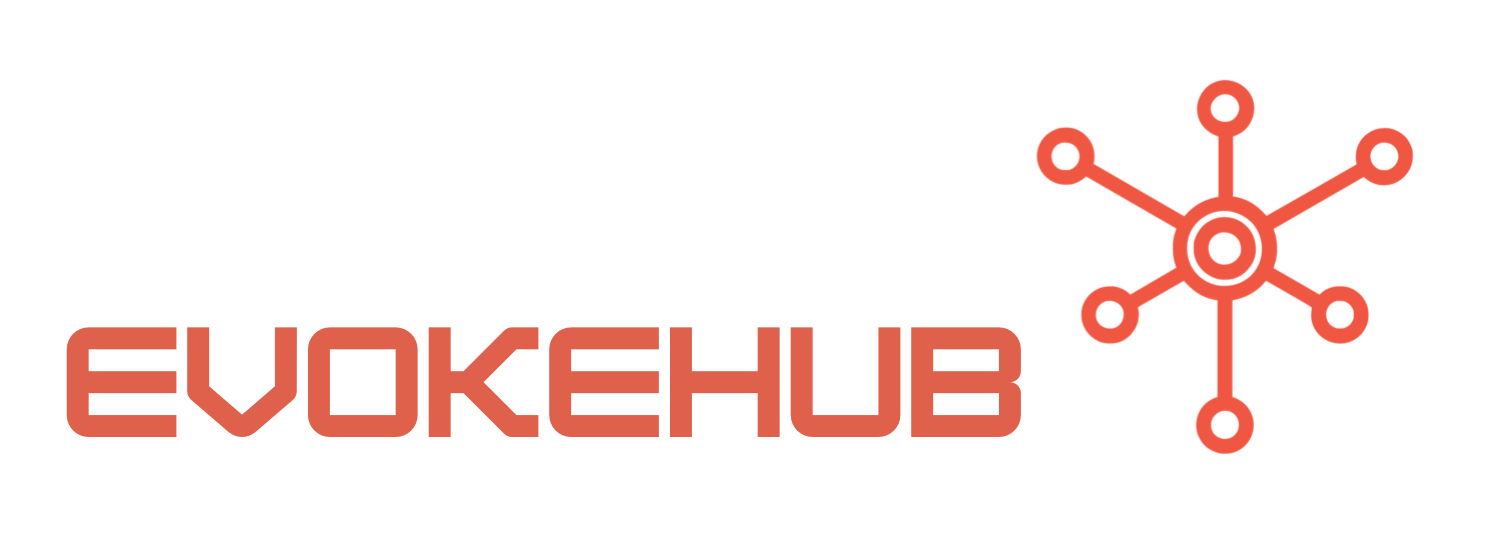Unleashing Docker Magic: Your .NET Core Image Journey Begins!
The first step in your Docker journey is to understand what Docker images are and how they can work wonders for your .NET Core applications. Docker images are lightweight, standalone, and executable packages that include everything your application needs to run: the code, runtime, libraries, and environment variables. With .NET Core being cross-platform, you can create images that run seamlessly on Windows, Linux, or macOS, giving you the flexibility to deploy your applications wherever you like! To get started, you can check out Docker’s official documentation on What is a Docker image?.
Once you have grasped the basics, it’s time to set up your Docker environment. Begin by installing Docker on your machine, which is as simple as downloading the installer from the Docker website. After the installation, you’ll want to create your .NET Core application using Visual Studio or the .NET CLI. Create a sample project, and you’ll find that creating Docker images is as easy as writing a few lines of code in a Dockerfile. This file contains all the instructions Docker needs to assemble your image, making it your blueprint for success!
After crafting your initial Dockerfile, the magic truly begins! With commands like FROM, COPY, and RUN, you can layer your application into a strikingly efficient image. For instance, using the official .NET Core base image as your starting point (FROM mcr.microsoft.com/dotnet/aspnet:5.0), you can build a solid foundation for your app. Remember, every layer you add is a building block, so make each one count! Don’t forget to explore the Dockerfile reference to discover how to customize your images according to your app’s needs.
Craft, Optimize, and Shine: Stellar Docker Images Await!
Now that you’ve started crafting Docker images for your .NET Core applications, let’s talk about optimization! A stellar image isn’t just functional; it’s also efficient. Start by minimizing the number of layers in your Dockerfile. Combine commands where possible (using && between commands) to reduce the overall size of your image. This not only makes your images load faster but also improves performance in your CI/CD pipelines.
Another fantastic optimization tip is to leverage multi-stage builds. By using multi-stage builds, you can separate your build environment from your production environment. This means that you compile your application in one stage (which might include heavy SDK tools) and then copy just the necessary files to a leaner runtime image, like a ‘builder’ and ‘final’ stage in your Dockerfile. Not only do you end up with a smaller image size, but it also enhances security by reducing the attack surface. Dive into the magic of multi-stage builds with this guide from Microsoft.
Finally, after optimizing your Docker image, testing is crucial. Use tools like Docker Hub or GitHub Packages to share your images and get feedback from your peers. Run your container locally and put it through a series of tests to ensure it behaves as expected. Don’t forget to monitor your resource usage; tools such as Docker Stats can give you insights into your container’s performance. Once you’re satisfied with your stellar image, it’s time to deploy it to the cloud or your production environment and watch your .NET Core applications shine like never before!
Congratulations, you’ve navigated through the magical world of crafting stellar Docker images for your .NET Core adventures! With the tools and tricks you’ve learned, you can create efficient, optimized, and elegant images that not only serve your application needs but also enhance your deployment process. Embrace the power of Docker, continue to experiment and improve, and your journey through the realms of application development will be brighter than ever. Happy Dockerizing! 🚀




